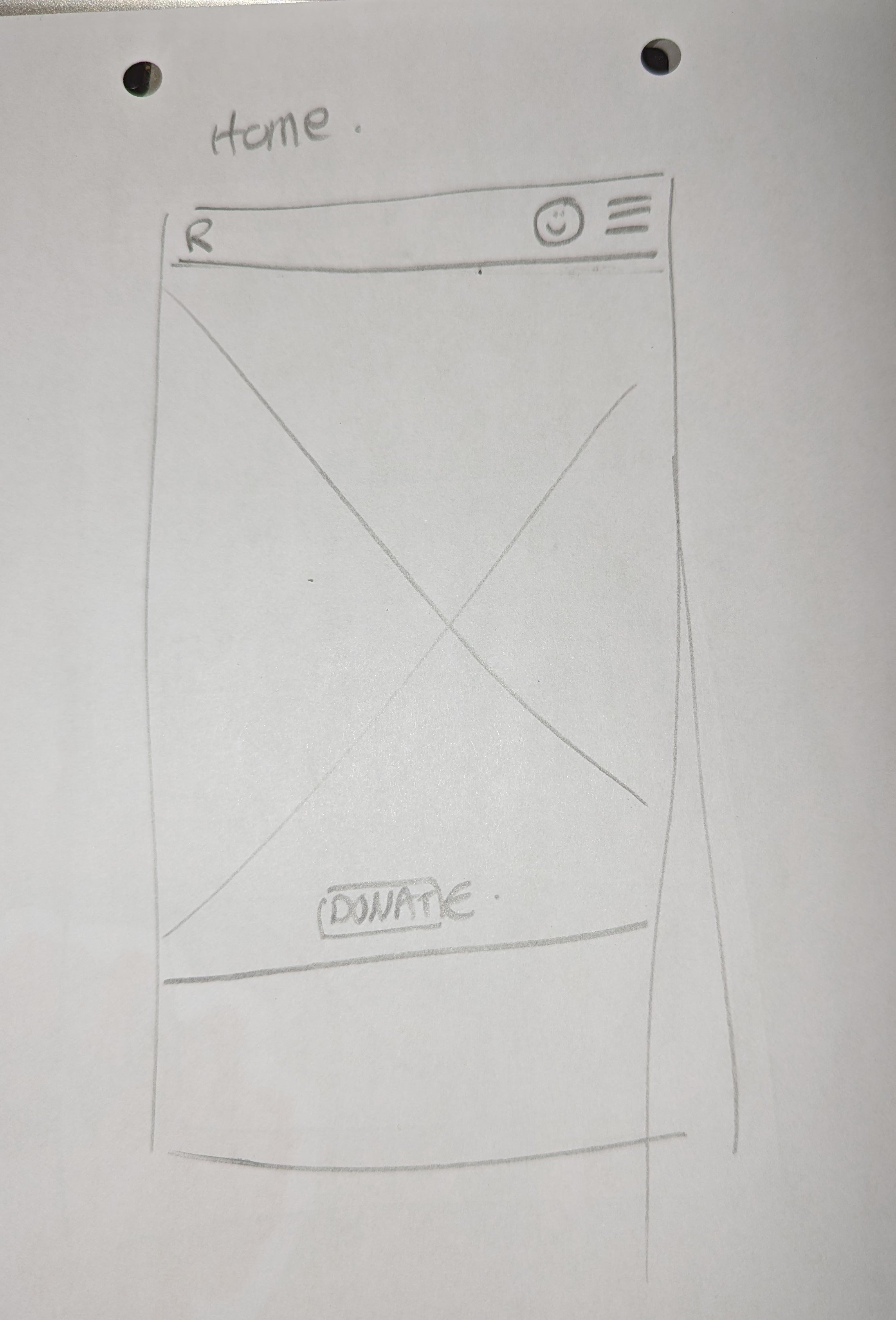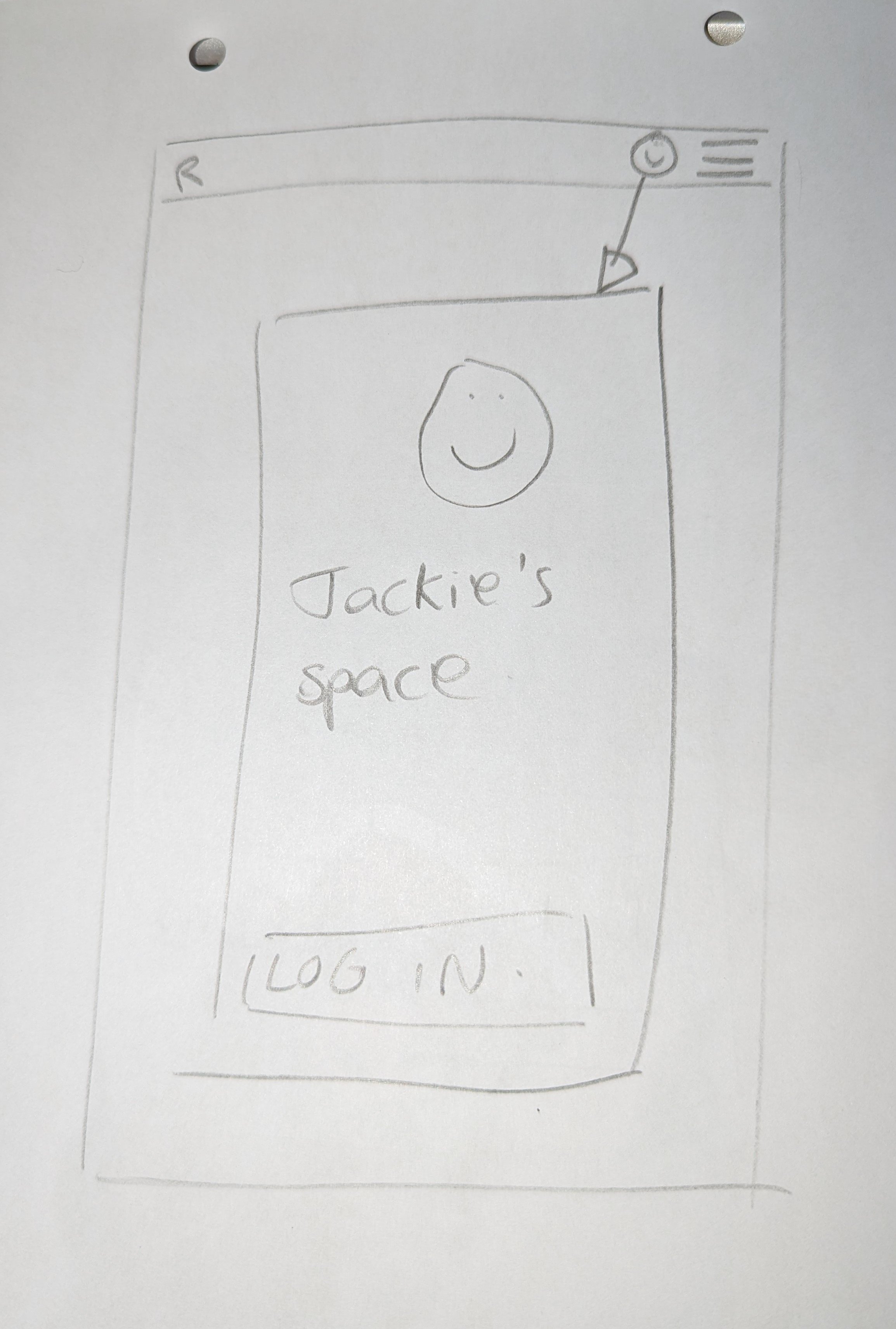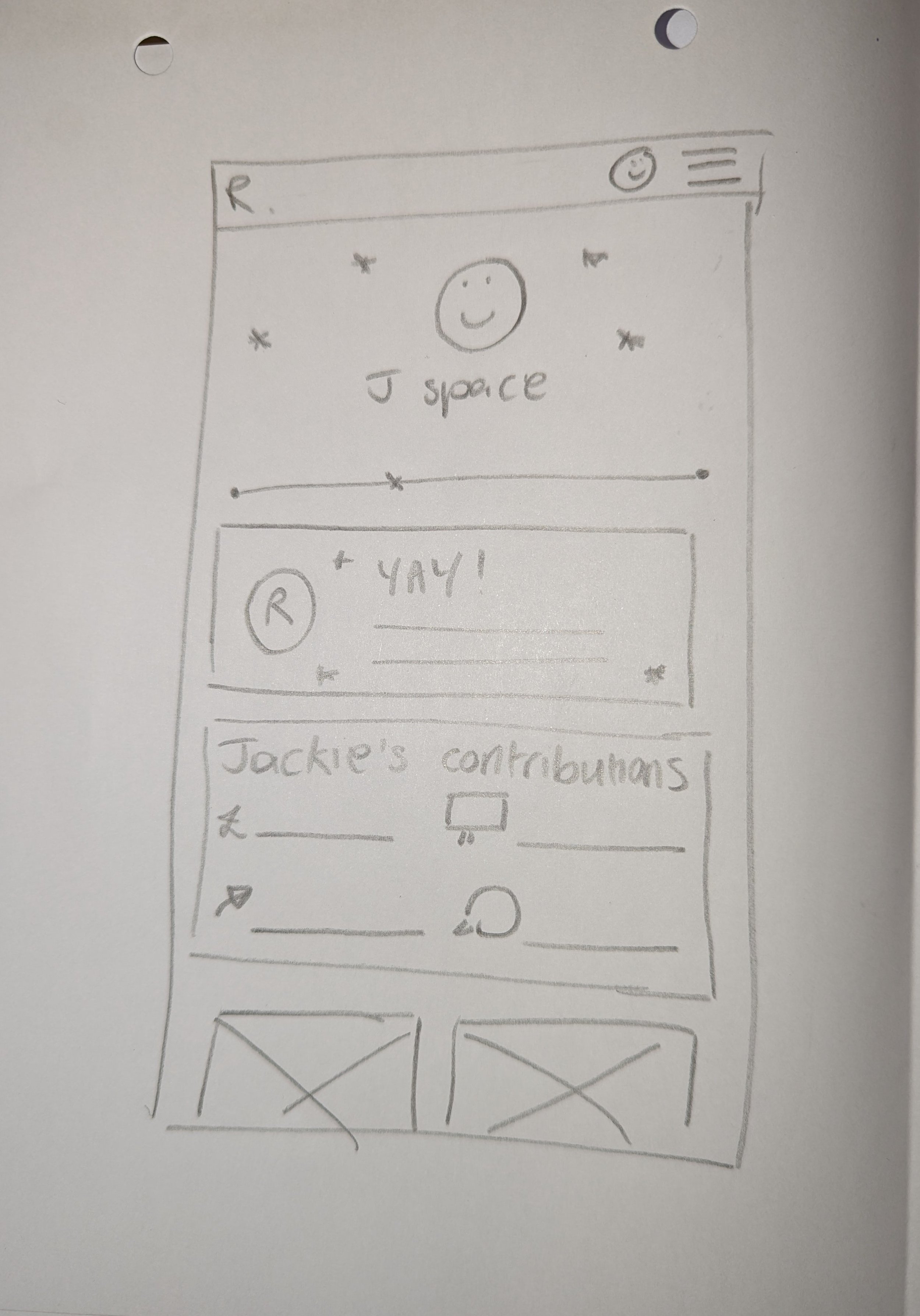Gamification
In week four of the course content for this module, there is a section and weekly challenge about gamification.
Experience with gamification
I have worked in the e-learning industry for over 10 years. In this industry, gamification was a big trend a few years ago. Every client seemed to want it and every company claimed to offer it. Gamification became an overused, misused, lazily-used buzzword.
The skeptic in me rolled my eyes as regular e-learning courses started to slap on completion badges at the end, convinced that learners could be fooled into thinking the latest fraud prevention training was in fact, a fun game. Little thought was put into whether those badges mattered or meant anything to those people completing the fraud prevention training.
Childhood memories of just wanting to play Sonic the Hedgehog or Road Rash instead of educational “games” surfaced.
No more gamification please, I thought.
What is gamification?
Gamification should not be about creating a game or anything that is trying to be a game. Instead, gamification borrows gameplay elements such as levels and rewards. It then uses those elements in non-gaming contexts. (The Interaction Design Foundation 2023),(Cronstedt 2017)
Duolingo is a well-known example of this. It uses levels, lives and rewards to help people who want to learn new languages (Chasse 2021).
It’s notoriously hard to do well. Gamification can feel manipulative, tricking users into doing things they otherwise would not want to do or enjoy. It can also feel like it is trying to be something it’s not (The Interaction Design Foundation 2023). I think this is reflects how I feel about gamification in e-learning and educational “games”.
However, as the popularity of Duolingo demonstrates (Adams 2023), gamification can be “a powerful tool to drive user engagement” when done well (The Interaction Design Foundation 2023). So I decided to put my skepticism aside and experiment with it a little.
A challenge
The week four course content included a gamification challenge. How might I use gamification in my prototype to drive engagement?
Determine what you’re gamifying
My initial thoughts were that someone like Jackie, the persona I created, would be highly cynical of any gamification on a charity’s website. However, gamification doesn’t need to be as obvious as Duolingo. It could be more subtle like the progress indicator and use of language such as “All-star” that LinkedIn uses to encourage its users to complete their profiles.
With that in mind, perhaps I could gamify different ways to engage with and support the charity by using:
Levels
Unpredictable/unexpected rewards
Sketch it out
My sketches assume that, like just over half of Roundabout’s website visitors, Jackie is using her phone to look at the site.
I’ve shown a special section of the website, dedicated to regular donors like Jackie, and focused on how that area might be gamified.
The sketches show Roundabout’s overall progress towards a campaign target next to Jackie’s own individual contributions. Those contributions might be donations, sharing content or using her voice to advocate for the charity and people it supports.
Rewards
Jackie would want a tangible, rather than digital, reward. Something like a pin badge or tote bag that she can use to publicly demonstrate her support and continue raising awareness. Perhaps gamification could be used to unlock rewards like this in a seemingly random way.
Reflections
What went well
This challenge has given me an opportunity to practice my sketching skills and reconsider the merits of gamification. I’m not quite as skeptical about it as I was before!
What could be improved
Even though I’m more open to the concept of gamification, I’m still not convinced that it would work for the project I’m working on. Or it could be that I’ve not been imaginative enough in the way I’ve tried to gamify the experience. In her video for Nielsen Norman Group, Alita Joyce (2019) explains that gamification could include avatars, progress bars, points, leadership boards or badges. JustGiving employs progress bars to great effect (JustGiving 2023), showing that this approach does work in the charity sector.
I shared my sketches on a module discussion forum to invite feedback from my lecturers and peers. They suggested that perhaps I could consider:
Using gamification to show how much of a difference Jackie has made
How I could use gamification to make the experience “sticky” so that people like Jackie will want to return
On reflection, I am not sure that maintaining a special “regular donors” area would be manageable for small charity like Roundabout. Perhaps I could look into other ways to present the main, public-facing content in ways that use gamification elements?
Future plans
I plan to look out for inspiration as I progress through this project. This will include inspiration from actual games as well as non-gaming contexts where gaming elements have been borrowed. What could I borrow? What might be effective? What is achieveable in the time available?
-
ADAMS, Susan. 2023. ‘Game of Tongues: How Duolingo Built A $700 Million Business With Its Addictive Language-Learning App’. Forbes [online]. Available at: https://www.forbes.com/sites/susanadams/2019/07/16/game-of-tongues-how-duolingo-built-a-700-million-business-with-its-addictive-language-learning-app/ [accessed 23 Mar 2023].
BAVELIER, Daphne. 2012. Your brain on video games [Film]. Available at: https://www.ted.com/talks/daphne_bavelier_your_brain_on_video_games [accessed 22 Mar 2023].
CHASSE, Beth. 2021. ‘Taking a Crack at Gamification’. Duolingo Blog [online]. Available at: https://blog.duolingo.com/gamification-design/ [accessed 22 Mar 2023].
CRONSTEDT, Jonathan. 2017. ‘What Is Gamification, How It Works & How It Can Help Your Business’. Medium [online]. Available at: https://medium.com/@jcron_89878/what-is-gamification-how-it-works-how-it-can-help-your-business-19f98f1a9d4e [accessed 22 Mar 2023].
JOYCE, Alita. 2019. Gamification in the User Experience (Video) [Film]. Available at: https://www.nngroup.com/videos/gamification-user-experience/ [accessed 23 Mar 2023].
MCGONIGAL, Jane. 2010. Gaming can make a better world [Film]. Available at: https://www.ted.com/talks/jane_mcgonigal_gaming_can_make_a_better_world/transcript [accessed 22 Mar 2023].
THE INTERACTION DESIGN FOUNDATION. 2023. ‘What Is Gamification?’ [online]. Available at: https://www.interaction-design.org/literature/topics/gamification [accessed 22 Mar 2023].
Thank you for reading.








